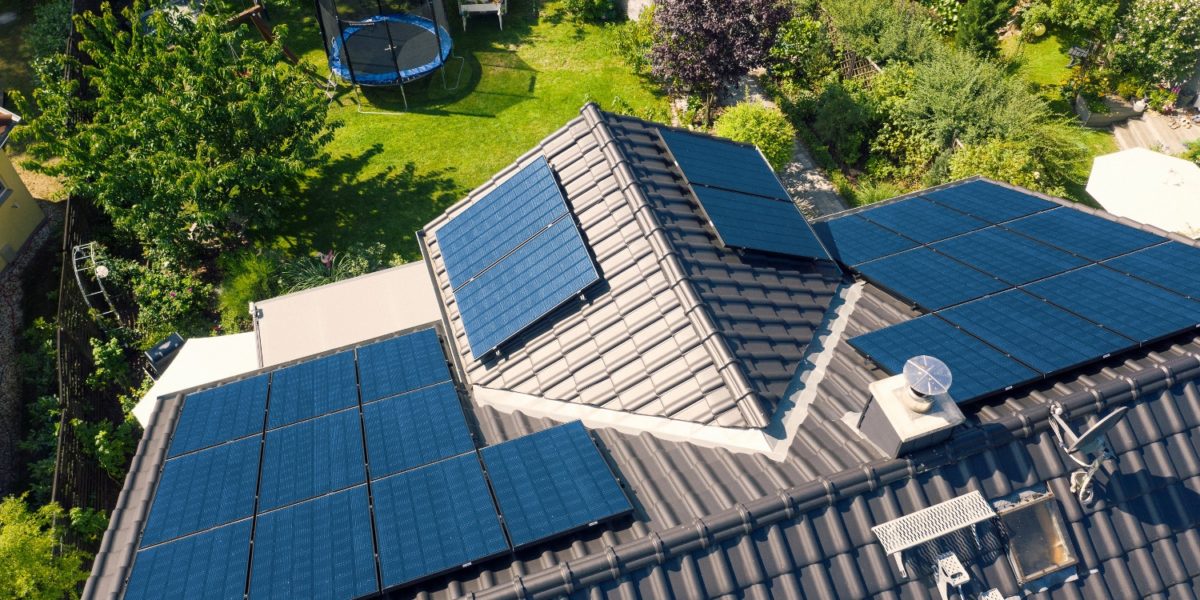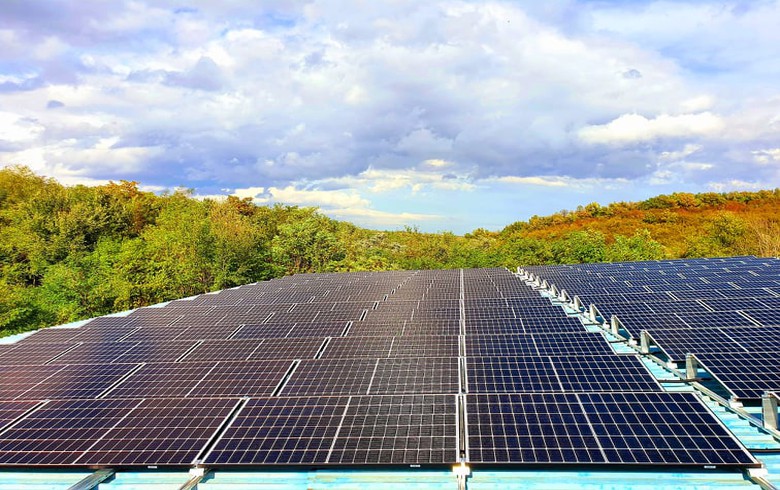Due to major concerns about the depletion of the planet’s natural resources, a desire to solve this problem has fostered various technological advancements. One of such many critical advancements can be found in the development of solar technology. Solar energy is fast becoming the most commonly used environmentally friendly renewable source of energy.
In previous years, we focused the sun’s energy through a magnifying glass to start fires for cooking (as early as the 7th century BC). Today, that same energy has become a viable source of electricity, powering our homes, offices, factories, and so on using photovoltaic systems.
The system behind the photovoltaic effect was discovered as early as 1839 by Alexandre Edmond Becquerel. It has continued to develop through the investments of various companies and has caused the technology to become an efficient and cost-effective source of power today. It has also created a new market due to the need for materials such as crystalline silicon in the production of solar panels.
What Is a Photovoltaic System?
A photovoltaic (PV) system can also be referred to as a solar power system. It is a system designed to convert light from the sun directly into electricity and supply that power using the photovoltaic effect. The system encompasses an array of solar panels, an inverter, as well as other mechanical and electrical hardware.
Depending on what and where it is needed, photovoltaic systems vary with respect to size. They range from smaller rooftop systems to huge utility-scale plants. You can visit energieversum.de to learn more about the different sizes of photovoltaic systems.
How Does It Work?
As mentioned earlier, the main components of the photovoltaic system include the solar panel, inverter, and electrical and mechanical components. Each of these components has specific roles they play in the working of a photovoltaic system. We will discuss each component as well as their roles.
Solar Panel
The solar panel is made up of solar cells. They are mainly semiconductors encapsulated within the panel to prevent interactions with the environment. The properties of the semiconductors allow the panel to capture photons (i.e. small energy particles from sunlight). They are then converted into electricity through the Photovoltaic effect.
A common material used to make the semiconductor is crystalline silicon because of its efficiency limit for converting photons to electricity and its cost-effectiveness. On the sides of the semiconducting material is another layer of material with the properties of a conductor that collects the generated electricity. To reduce the loss of energy after reflection, the illuminated sides of the panels are coated with anti-reflection materials.
Inverters
After the energy has been collected from sunlight and converted into electricity, the electricity is in a DC (direct current) form. You cannot use it to operate your electronic devices or interface with the electrical grid. Therefore, it is necessary to convert it into an AC (alternating current) which is useful to us. The electrical device used to convert a DC into an AC is called an inverter.
Battery
The source of power in a photovoltaic system is the light from the sun. But what happens when the light from the sun is not available? For this reason, the battery is an essential component of a photovoltaic system. It is used to store energy when the light from the sun is not available.
Charge Controller
One of the best features of the photovoltaic system is its ability to store power during the day when energy from the sun is available. It also supplies that power when energy from the sun is not available. And this is made possible by the charge controller. A charge controller is used to regulate the amount of charge entering the battery from the panels to prevent overcharging of the battery.
Depending on the features, the charge controller can vary in the quantity of amperage it can regulate. During the day, when the energy from the sun is available, power is sent to the charge controller from the panels. It then monitors the energy the battery requires to be fully charged. Therefore, at night when there is no sun, the controller allows the battery to supply power for use.
AC Disconnect Switch
A safety disconnect switch is necessary on the AC side of the inverter so that when troubleshooting or maintenance is required on the system, the inverter can be safely disconnected or isolated from the AC circuit.
Benefits of Using a Photovoltaic System

The benefits of using this system are as follows:
- Compared to any other sources, electricity produced by solar cells are the least harmful to the environment because they do not require fuel, only a natural source, which is the sunlight. As a result, they do not release any byproduct into the atmosphere that might cause harm to the environment.
- The photovoltaic system does not make noise and allows for space management.
- It operates for a long period before requiring maintenance.
- Its source of energy is readily available and renewable.
- Its construction is very flexible because it can be constructed according to any size depending on the requirements
- It has also contributed largely to the creation of jobs locally, especially from installations of the panels, thereby, boosting the economy.
Conclusion
So far, we have looked at photovoltaic systems. We can see that using solar energy as a source of power has proven to be the future of power supply, especially in the 21st century. The world is currently facing harm as a result of the industrial revolution and the use of fossil fuels. Therefore, the implementation of solar energy as a source of power has the power to right those wrongs, protect our planet, and conserve our natural resources.
The future of Photovoltaics continues to be one of intense research and development. This is because it needs to be incorporated into our daily lives and environment while maintaining its effectiveness and cost-efficiency. It is foreseen that the role of Photovoltaic systems in the production of power will soon take over other sources of power.








